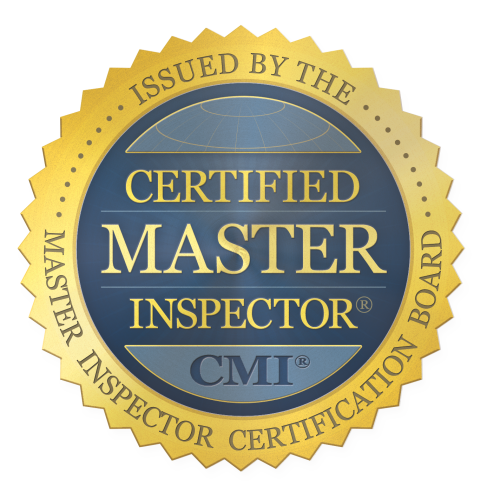Icynene Insulation Follow Up
There was so much interest in my previous icynene post! I received as many contacts off line as on.
I had many questions regarding the insulation, but two in particular:
- Does icynene allow wood to breathe?
- Does foam insulation in walls and ceilings/attics encase too much moisture inside houses.
To find the answers I contacted a couple of the scientists/engineers at the Lawrence Berkeley Labs (LBL). This is one of the main testing organizations which help provide ASHRAE standards (not codes). The American Society of Heating, Refrigeration and Air Conditioning Engineers is what helps determine product, installation, building technique, architectural, etc., standards and recommendations for the construction industry.

They both got back to me immediately. They both answered my questions, briefly and basically.
"Spray foams like Icynene are air barriers and can lead to tight structures, which then need mechanical ventilation. Moisture that is trapped can be problematic, but normal diffusion between indoor and outdoor should not be. Any house that is made tight (whether by spray insulation or other means) is probably going to need mechanical ventilation."
As houses got "tighter," ASHRAE standards changed and proposed tempered air exchange inside houses. "Tempered air" is defined as 1 part outside air mixed with 3 parts indoor air. The ASHRAE standard 62.2 suggested that 7.5 cfm/person plus one would be sufficient. A person was defined as a bedroom. So the recommendation for tempered air for a 4 bedroom house would be 7.5 x 4 + 7.5 = 37.5 cfm of exchanged air. An air intake fan of 50 cfm (essentially the same as a bathroom vent) would suffice.
This should be combined with direct powered ventilation for exhaust of furnaces and water heaters.
"Too much ventilation is as much of a problem as too little. It can cause damage by cooling off the top of insulation."
So balance of air flow is very important. Like Goldilocks, not too much and not too little.
Also, my questions as to encasing wood in foam insulation and whether it can dry:
"If the wood is dry to start, it does not need to breath. If it is wet or can become wet through leakage or rain, then it could be an issue."
On new construction, wood is typically wetter than it will become over time. So great care to make sure wood is as dry as possible before spraying any foam insulation is very, very important. Also, if there is leaking, either during construction or after the building envelope is completed (roofing, windows, doors and siding) the wood will not dry, at least not quickly enough to prevent rot.

They said, "Three things destroy materials in general and wood in particular: water, heat, and ultraviolet radiation. Of these three, water is the most important by an order of magnitude. When the rate of wetting exceeds the rate of drying, accumulation occurs. When the quantity of accumulated moisture exceeds the storage capacity of the material or assembly, problems occur."
This sounds basic. And maybe it is. But it places a great responsibility on builders and installers.
I did not ask the scientists about future repair problems, or qualifications, techniques or new tools that will be needed to deal with incidents as they occur. My intial feelings in these regards remain as they were in the first Root Beer Float post. Future plumbing, electrical, duct work, wood problems - all of it - will be hard to diagnose, find and fix.
My recommendation: Substantially similar to the first post, that before you spend the many extra dollars this foam insulation costs, do your homework as to builders and subcontracted installers. And it does not hurt to seek expert help or advice. ASHRAE is very interested in our questions and helping solve problems. So too, apparently, is LBL.

Comments
Post new comment